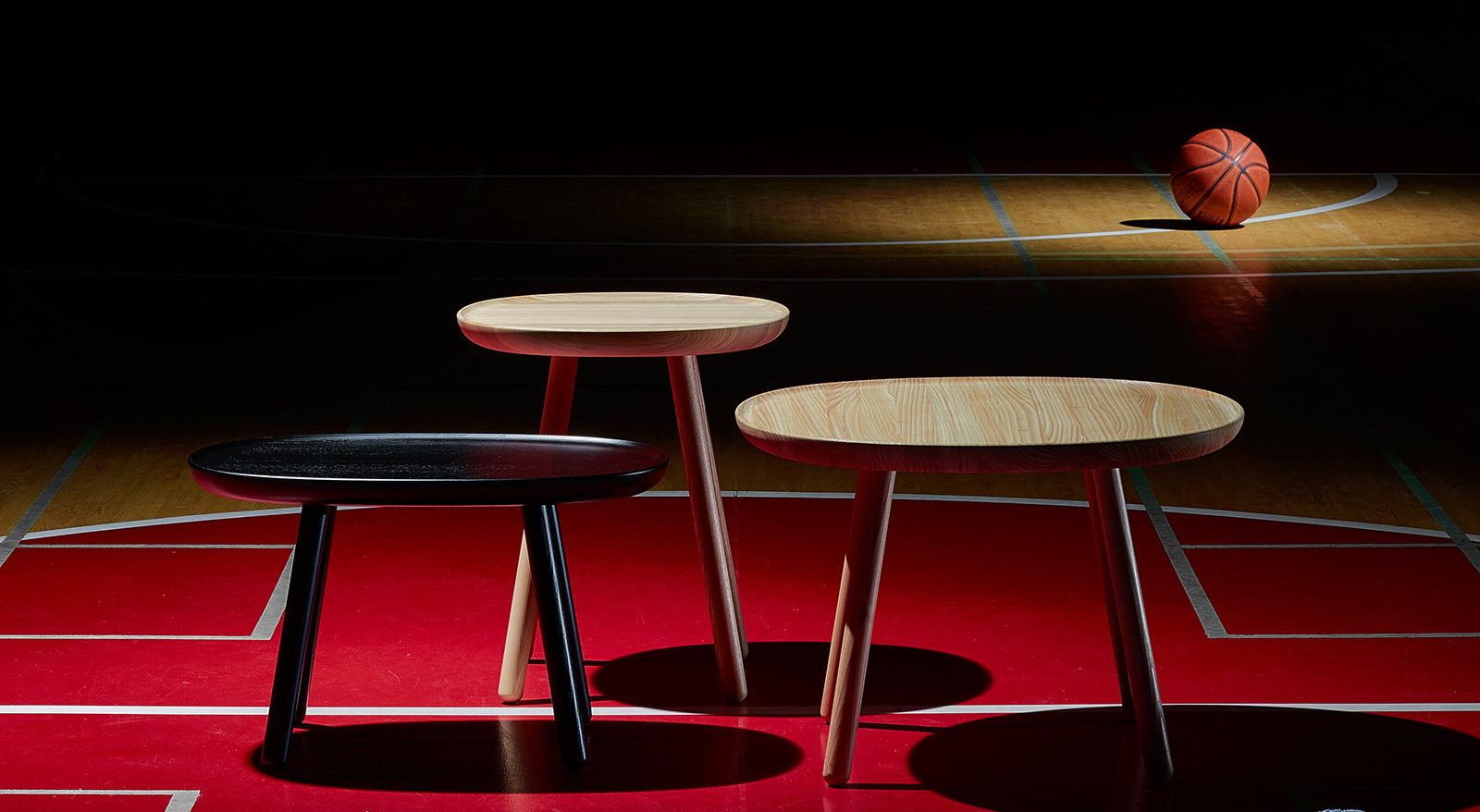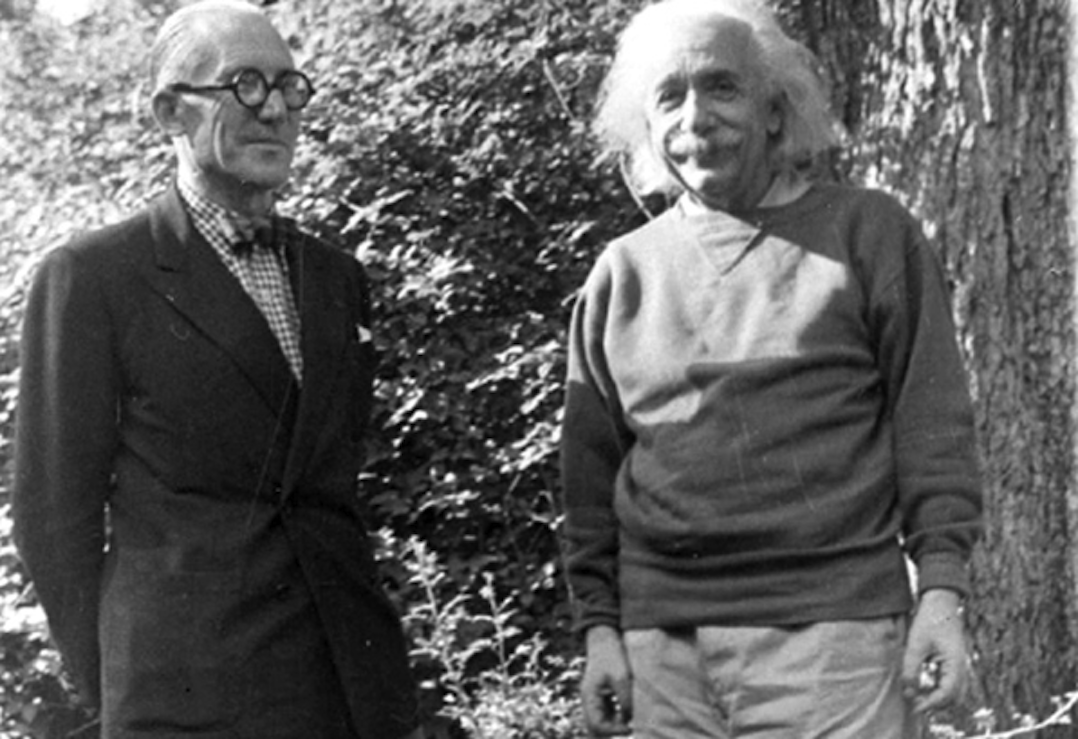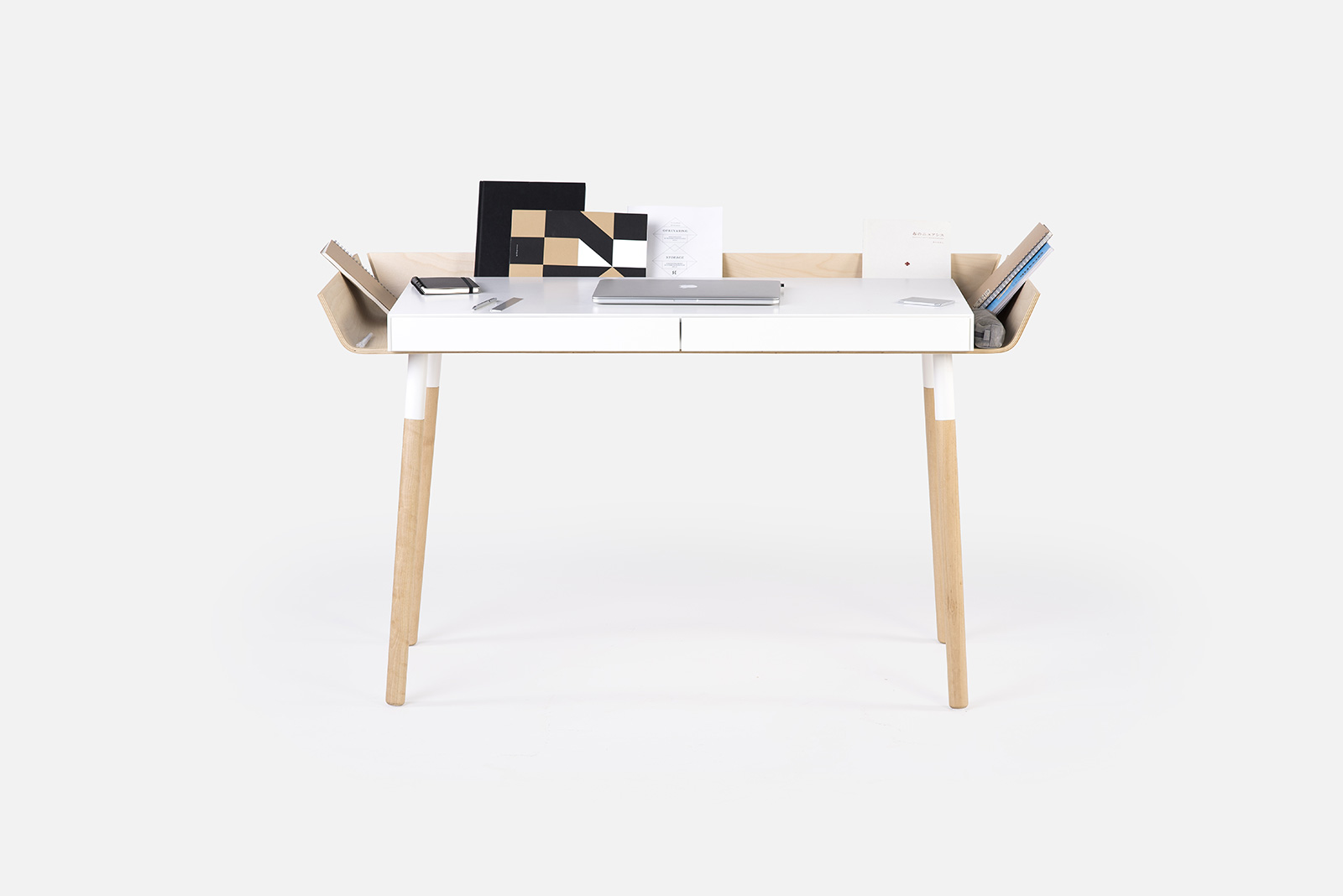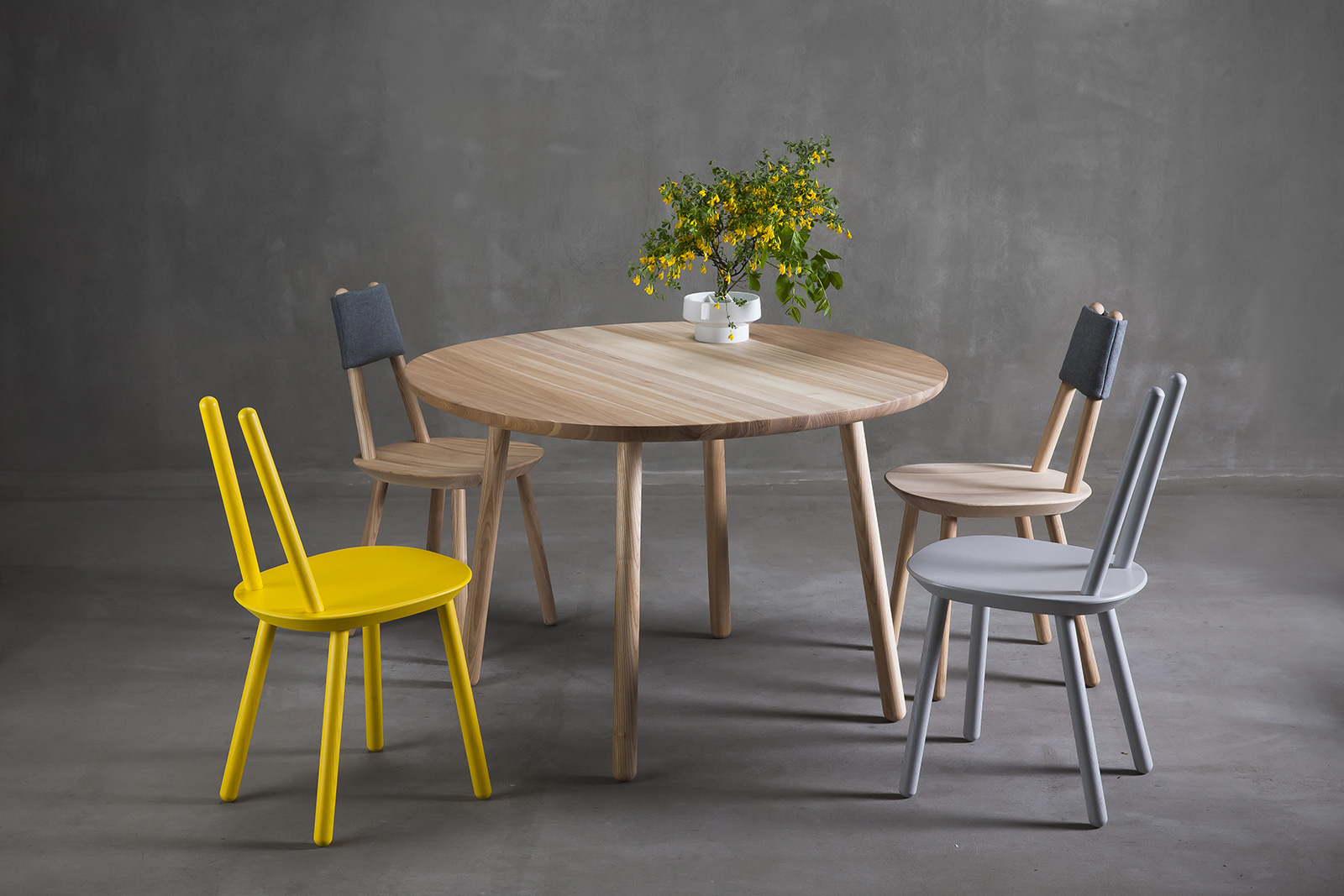Design Thursday #9 · From Lithuania to the global market, in one of the most competitive field in Furniture Design
World Wide Wood
 Aurimas Kalpavičius · EMKO representative
Aurimas Kalpavičius · EMKO representative
cycle: Materials Matter · free entrance for members

The wood and the stone are the key raw materials to build up and create human civilization like it is now. In prehistoric times it was impossible to get fire without wood. Wood is a core raw material in the hunting tools: arch and spear. From the beginning of arch and spear we could start talking about technological knowledge of wood, especially such technologically sophisticated hunting and war tool like arch. Arch and spear mean an enormous leap from the use of wood like a raw material - for example, the fire - to exploration of wood for starting using of wood features in one’s own advantage. From building houses, boats, ships, machineries, skis to production of tables, stools, cabinets, spoons, etc.

A well know Michael Thonet’s chair No. 14 produced in 1859 used technological knowledge from wooden ski and boat production: steamed and bent solid wood, especially beech wood. Chair no. 14 is a symbol of joint craft knowledge from the ages with modern esthetic. Like Le Corbusier said “Never was a better and more elegant design and a more precisely crafted and practical item created”. Therefore, Chair no. 14 is the beginning of industrial design.
Semantics of the word design means “ability to turn something to one’s advantage”. Following this, the word design does not mean esthetic but Le Corbusier added more to the modern meaning of design: “elegant” means: shape, “precisely crafted” means: technological knowledge, responsibility and sustainability, “practical item” means: market needs, consumers’ needs and possibility to produce in mass-production way, logistic: flat packing, no need to deliver assembled chair. The fact is that one cubic meter box could contain 36 pieces of disassembled chair no. 14.

Nowadays CNC machineries creating new meaning of elegant design and precisely crafted design. Modern technologies changing technological knowledge of the wood. New modern machinery helps to save time in the processes, such like wood bending, which in ordinary way needs long and specific craft technological knowledge. Produced by modern machinery, wooden component imitates craftsmanship in one way, and in another way it saves production time and finally reduces the final price. Chair no. 14 was created for mass production in the same way like designers are creating design objects nowadays.
Designers are dreaming about creating an object with success story like chair no 14. 50 millions psc. means solid royalties. Bauhaus design school was created in 1919. And Syllabus of the Weimar Bauhaus presented in 1923 shows the need of studying virgin raw materials: wood, metal, stone and etc. to explore and to have technological knowledge of those, and finally to create modern design objects produced in mass production way like Le Corbusier described it. Design objects fill in the gap between industry and consumers’ needs in general. To turn industry to the consumer’s advantage. “To turn” means communication and relationship between designers and industry. Designer must have responsible attitude to the raw materials and carefully use them because virgin raw materials like solid wood is needed for our generation and we should think what we will leave to the next generation. For example, Green Planet without wood. That is responsibility. To have to reach designers responsibility designer must know technological knowledge of virgin raw materials and in next step to combine craftsmanship knowledge with modern machinery in the industry. Combination of designer’s abilities could create products with more market value. Based on market team could create saleable story for the product, and you know people love stories, and stories help to sell more.

To create design objects, one must follow product design processes: analysis; concept and synthesis. The number one for all products sustainability and social responsibility. Based on EMKO NAÏVE chair example, explanation of design object creation processes is presented.
by Aurimas Kalpavicius, 12.03.2017











































































